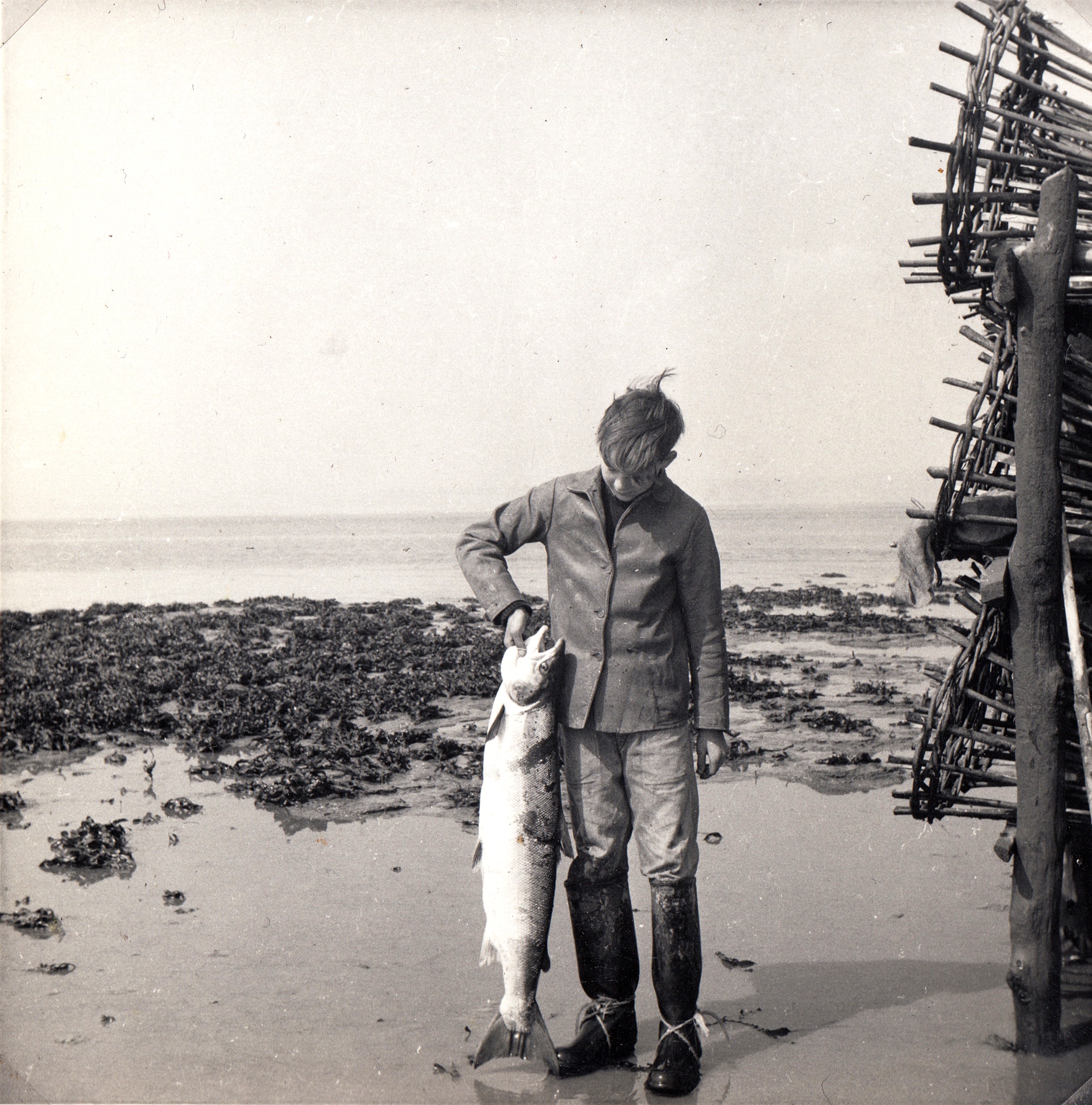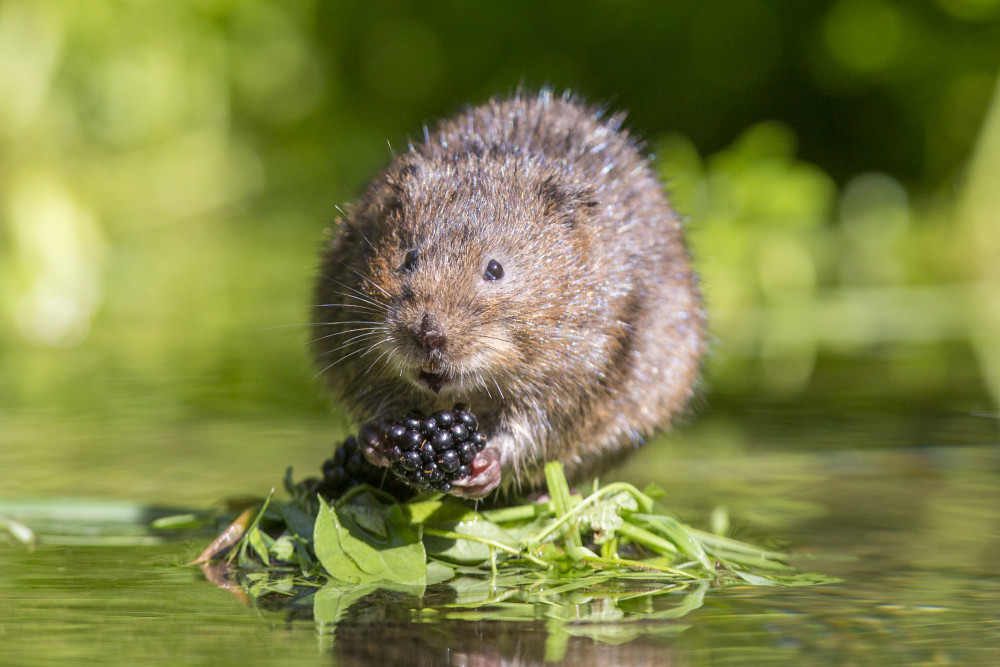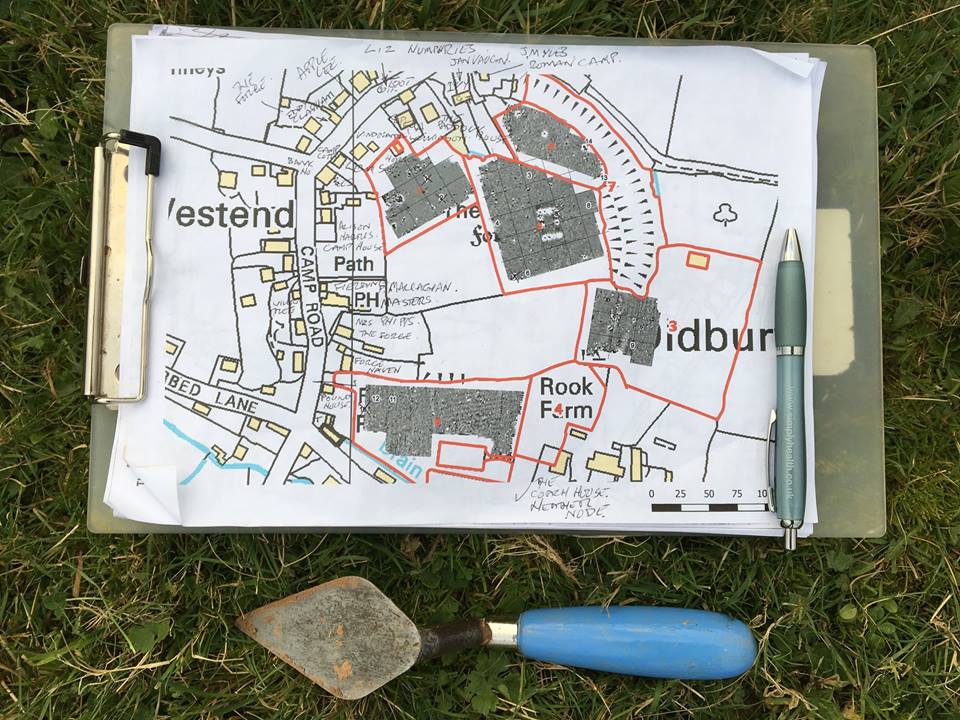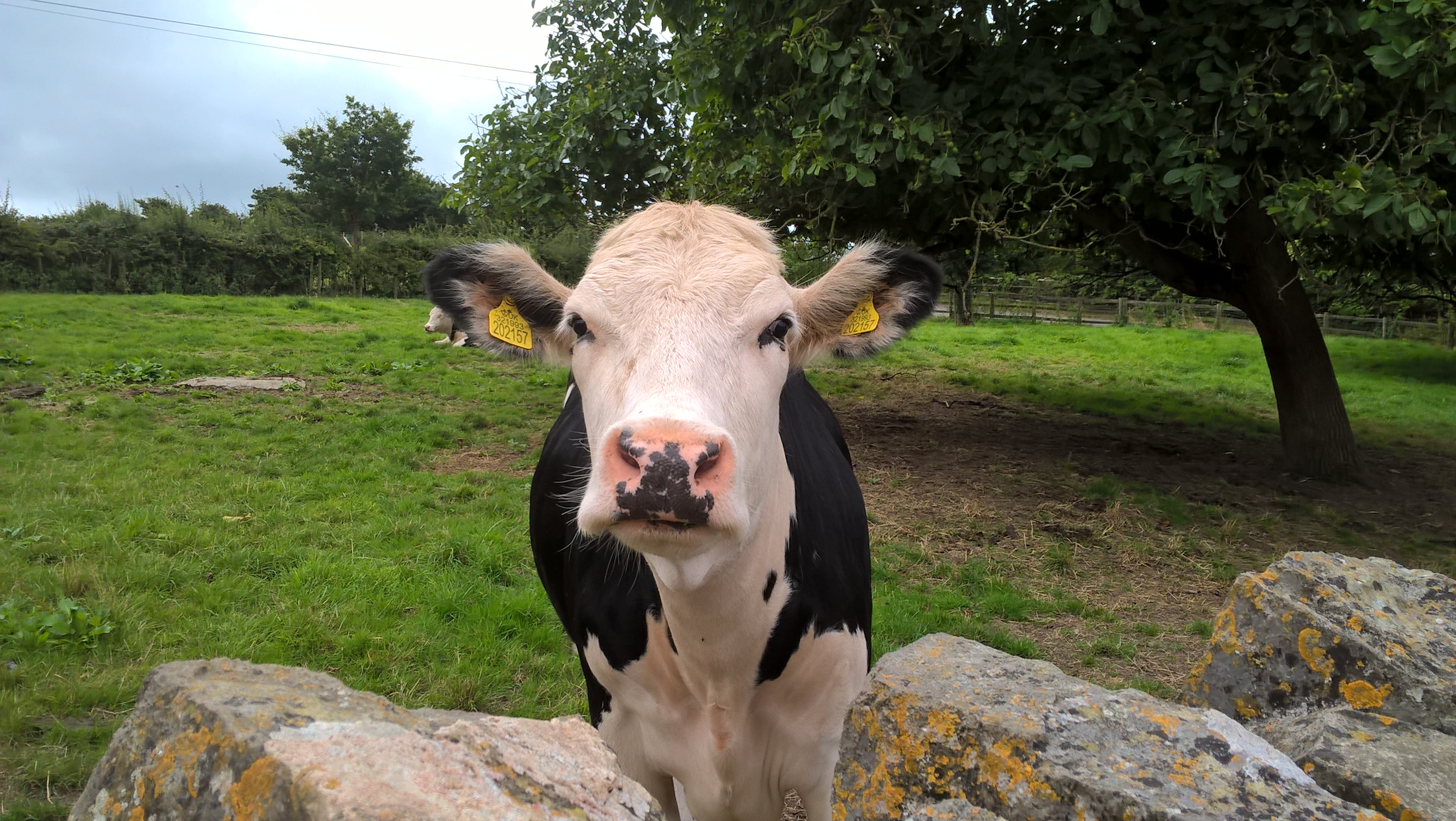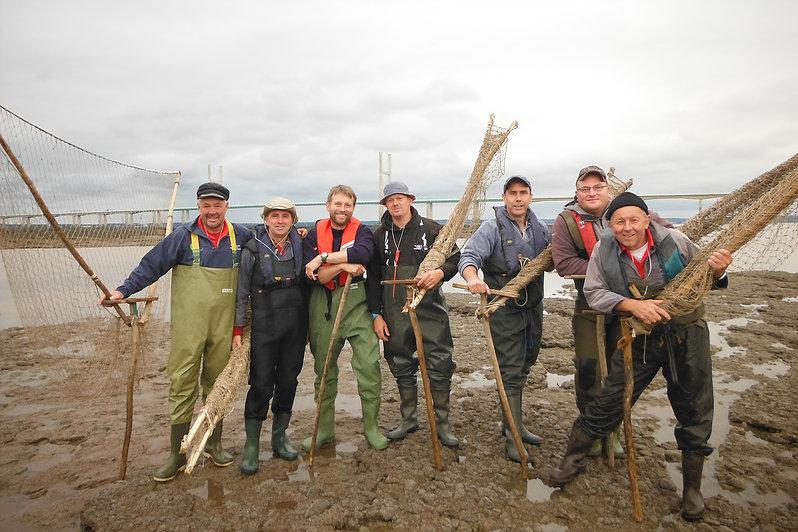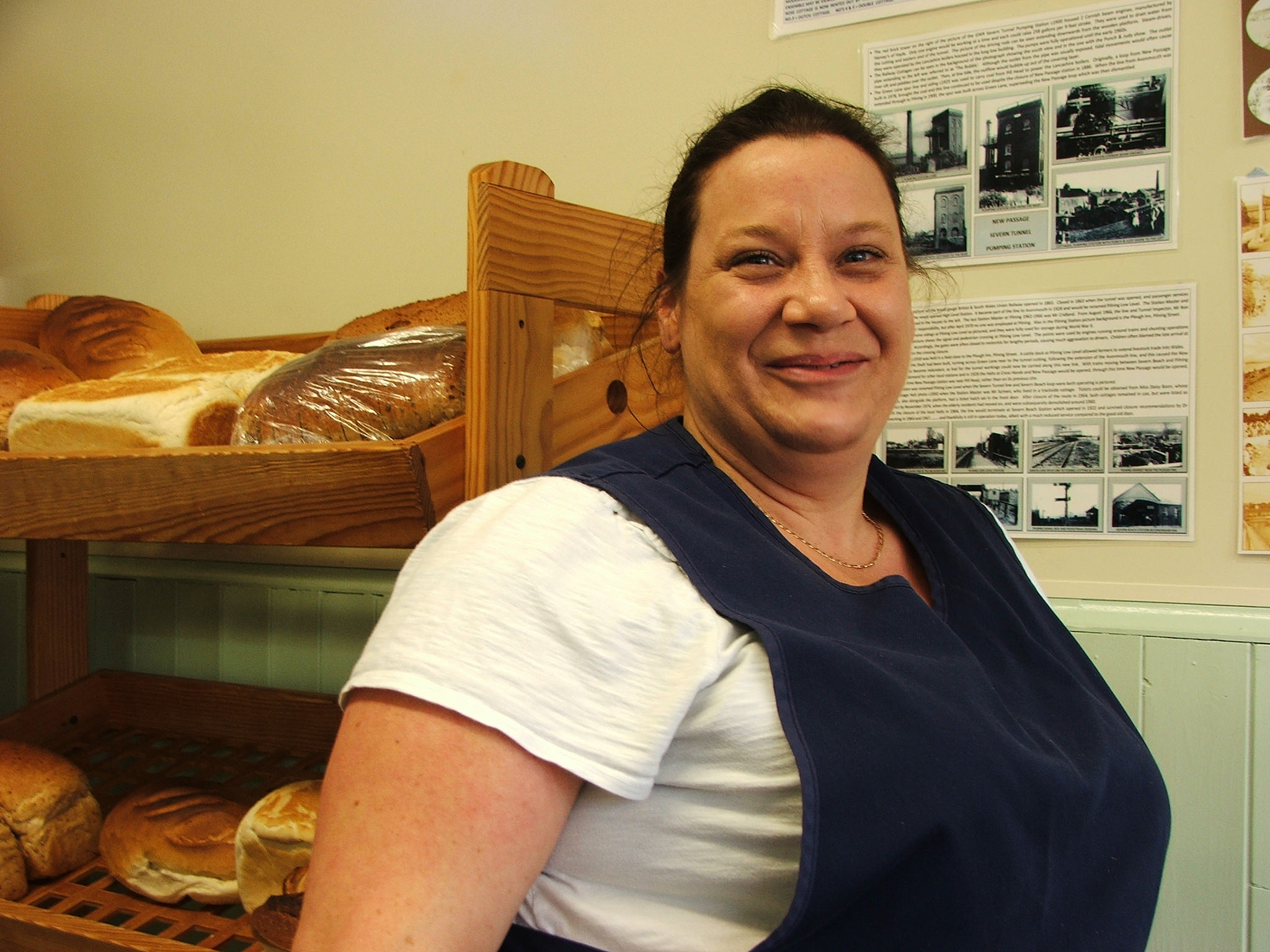Fruit of the Vale - Orchard Projects
-
Apple blossom in Littleton-on-Severn
-
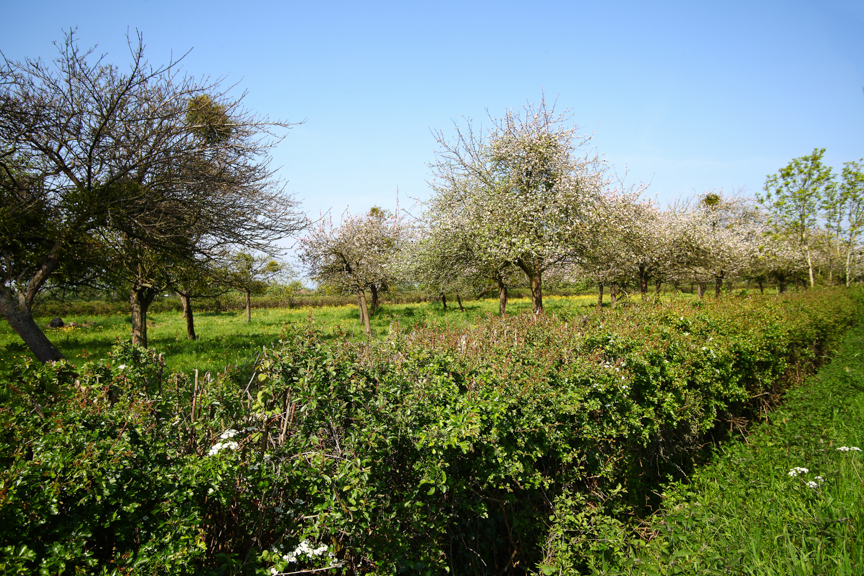 Orchard near Oldbury
Orchard near Oldbury -
Orchard survey in progress
-
Beautiful blossom
-
Scions collected from a local orchard
-
Apples ready for juicing
-
Storytelling on Apple Day
Neglect is the main threat facing the remaining traditional orchards of the Lower Severn Vale Levels, along with old age, disease, storm damage and land development.
What we did
Our Fruit of the Vale project trained volunteers to survey orchards in the project area. Using the survey format created by The People’s Trust for Endangered Species (PTES), they recorded key species and assessed the condition of remaining traditional orchards. This gave us an idea of how healthy the remaining orchards were and where they might need a little help. The survey results were shared with PTES and the Bristol Regional Environmental Records Centre (BRERC) and will help to inform orchard restoration and conservation.
The next step was to identify orchards to restore via:
- planting of replacement trees
- restorative pruning of old fruit trees
We also offered training in orchard maintenance.
Only local fruit tree varieties were used, based on the varieties already growing in the orchard (where these could be identified), and on the knowledge of local experts and the information gained from our volunteer orchard survey.
The orchards were generally planted with the larger sizes of trees (standards or half standards), which were traditionally grown. These do not require skilled formative pruning and so are simpler to establish.
Trees were planted at traditional spacings with guards around them to protect them from browsing by livestock and wildlife.
Restorative pruning rejuvenated neglected trees, stimulating strong growth and new fruit-bearing branches, maintaining a balanced shape and reducing the chance of trees being blown over.
Benefits for biodiversity
Ecologically, the mix of open-grown fruit trees, grassland and hedgerow boundaries or scrub in traditional orchards resembles mini-parklands or woods.
Among the species you can find are:
- mammals, such as dormice and bats
- birds, including woodpeckers, little owls and endangered tree sparrows
- rare insects, particularly the noble chafer
- plants, such as semi-parasitic mistletoe and wildflowers
- lichens and fungi
You can find out more about the biodiversity of traditional orchards from the Gloucestershire Orchard Trust. The Avon Wildlife Trust also has a Species Explorer with information about the species you might find.
Did You Know?
Wassailing is a mid-winter tradition, still practiced in some orchards. People gather to drink mulled cider and toast the trees to bring a good harvest the following year. ‘Wassail’ comes from the Old Norse ‘ves heill’, meaning ‘be healthy’!



